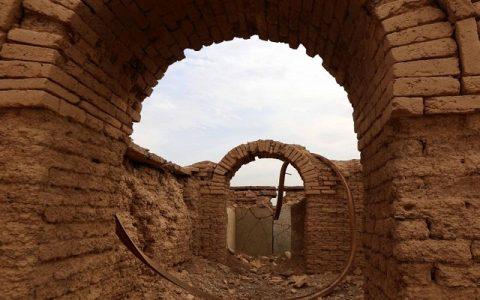
ISIS used a bulldozer to demolish a 2,900 year old Assyrian ziggurat in the ancient city of Nimrud
On November 13, Iraqi forces retook the ancient city of Nimrud from ISIS. Once home to the rulers of what is believed to be the world’s first empire, the Assyrian city was famous for a nearly 165 foot tall ziggurat built by King Ashurnasirpal II, who ruled from 883 to 859 B.C. But last week, the soldiers found only destroyed statues and rubble carved with elaborate cuneiform writing.
Last month, ISIS militants used a bulldozer to demolish the 2,900 year old Great Ziggurat alongside statues of winged bulls with human heads that have guarded the sacred site for millennia.
“Ninety-five per cent of the site has been destroyed,” said Sheikh Ali Mohammad Hussain Albyati, who recently visited the site with the BBC. “I spent my childhood here and I’m very sad about what I’ve seen. Sometimes we feel that the ruins are more important to us than our own lives, our souls and our children.”
This destruction is just the latest act in ISIS’s efforts to demolish ancient cultural and religious sites. The extremists destroyed Palmyra’s 2,000-year-old Temple of Bal in 2015, and historic preservationists have rallied to digitally preserve ancient sites and train locals on how to safely protect ancient pieces of cultural heritage. In a landmark case against Islamic militants earlier this year, the International Criminal Court recognized architectural destruction as a war crime for the first time.
With Nimrud now under Iraqi control, archeologists will soon visit the site to sift through the rubble and decide if any elements of the ziggurat can be reconstructed.
Source: /Curbed





